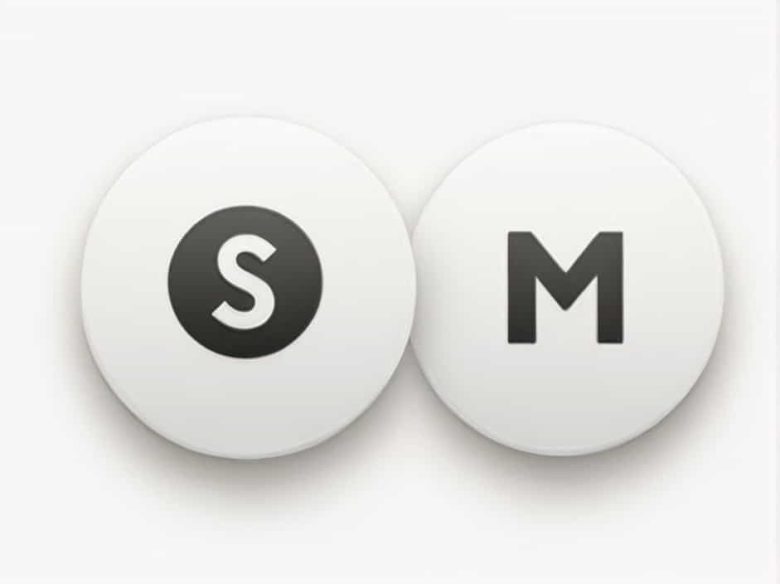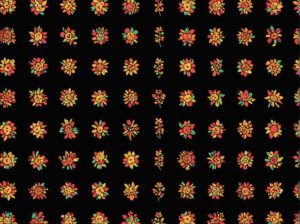Typography plays a crucial role in design affecting readability aesthetics and brand identity. One of the most fundamental choices in typography is between serif and sans-serif fonts. These two font styles have distinct characteristics and are used for different purposes.
In this topic we will explore the differences between serif and sans-serif fonts their advantages best use cases and how to choose the right one for your project.
1. What Are Serif Fonts?
Serif fonts are typefaces that have small strokes or decorative lines at the ends of letters. These small details called “serifs” give the font a classic and formal appearance.
Characteristics of Serif Fonts
✔ Small strokes at the ends of letters
✔ Traditional and elegant appearance
✔ Often used in print media like books and newspapers
✔ Improved readability in long-form text
Examples of Popular Serif Fonts
✔ Times New Roman
✔ Georgia
✔ Garamond
✔ Baskerville
Serif fonts are commonly used in formal documents books and academic materials due to their readability and classic appeal.
2. What Are Sans-Serif Fonts?
Sans-serif fonts do not have decorative strokes at the ends of letters. The term “sans” comes from the French word for “without” meaning “without serifs.” These fonts have a clean and modern look that is widely used in digital design.
Characteristics of Sans-Serif Fonts
✔ No decorative strokes (serifs) at the end of letters
✔ Simple and modern design
✔ Best for digital screens and online content
✔ Clear and easy to read at different sizes
Examples of Popular Sans-Serif Fonts
✔ Arial
✔ Helvetica
✔ Open Sans
✔ Roboto
Sans-serif fonts are widely used in web design mobile apps and branding because they provide a modern and minimalistic look.
3. Key Differences Between Serif and Sans-Serif Fonts
| Feature | Serif Fonts | Sans-Serif Fonts |
|---|---|---|
| Appearance | Decorative classic | Clean modern |
| Readability | Ideal for print and long text | Best for digital screens |
| Formality | Often used in professional documents | Common in casual and digital designs |
| Stroke Style | Small strokes at letter ends | No extra strokes |
| Common Usage | Books newspapers academic papers | Websites apps advertisements |
Understanding these differences helps designers choose the right font for their specific needs.
4. Advantages of Using Serif Fonts
✔ Enhances readability in print – The serifs guide the reader’s eyes across the text.
✔ Classic and professional – Ideal for formal documents and prestigious brands.
✔ Trusted and authoritative – Often used in newspapers and academic materials.
5. Advantages of Using Sans-Serif Fonts
✔ Modern and clean – Ideal for digital interfaces and contemporary brands.
✔ Highly readable on screens – Works well on computers tablets and smartphones.
✔ Versatile and minimalistic – Suitable for logos UI/UX design and marketing materials.
6. When to Use Serif vs. Sans-Serif Fonts?
Best Situations to Use Serif Fonts
✔ Printed materials like books newspapers and magazines
✔ Formal documents such as resumes and legal papers
✔ Branding for traditional and luxury businesses
Best Situations to Use Sans-Serif Fonts
✔ Websites mobile apps and digital interfaces
✔ Social media graphics and online marketing
✔ Modern and minimalistic branding
Choosing the right font depends on the purpose audience and medium where it will be used.
7. Combining Serif and Sans-Serif Fonts
Using both serif and sans-serif fonts in a design can create a visually appealing contrast. Here are some tips for pairing them effectively:
✔ Use serif for headlines and sans-serif for body text (or vice versa).
✔ Make sure the fonts complement each other in weight and style.
✔ Avoid using too many different fonts to maintain consistency.
Combining fonts strategically can help create a balanced and professional-looking design.
8. Which Font Style is Better for Branding?
The choice between serif and sans-serif fonts in branding depends on the company’s image:
✔ Luxury and traditional brands → Use serif fonts for a classic look.
✔ Tech and modern companies → Use sans-serif fonts for a sleek and contemporary feel.
✔ Minimalist and futuristic brands → Sans-serif fonts work best for simplicity.
Fonts influence how people perceive a brand’s personality and credibility.
Both serif and sans-serif fonts have unique characteristics and advantages. Serif fonts are classic professional and great for print while sans-serif fonts are modern clean and ideal for digital content.
Understanding when and where to use each type ensures effective typography that enhances readability and user experience. By choosing the right font designers can create strong visually appealing and impactful designs.


